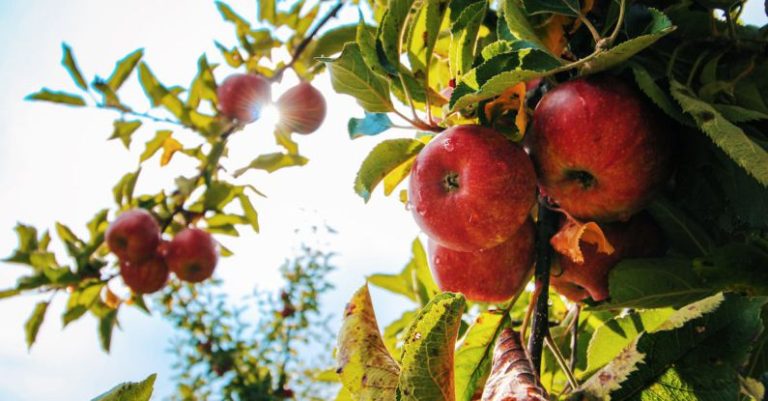Water-saving Tips for Your Garden
Gardening is a rewarding hobby that allows you to connect with nature and create a beautiful outdoor space. However, with water becoming an increasingly precious resource, it is essential to be mindful of how much water we use in our gardens. By implementing water-saving tips, you can help conserve water while still maintaining a lush and thriving garden.
Choose drought-resistant plants
When planning your garden, opt for drought-resistant plants that require less water to thrive. Succulents, such as cacti and agave, are excellent choices as they store water in their leaves and stems. Native plants are also a great option as they are well adapted to the local climate and require minimal watering once established. By selecting plants that are suited to your region’s natural conditions, you can significantly reduce the amount of water needed to keep your garden healthy.
Mulch your garden beds
Mulching your garden beds is a simple yet effective way to retain moisture in the soil and reduce water evaporation. Organic mulches, such as bark chips, straw, or compost, help to insulate the soil, keeping it cool and moist during hot weather. Mulch also suppresses weeds, which compete with your plants for water and nutrients. Apply a layer of mulch around your plants to help conserve water and promote the overall health of your garden.
Water deeply and infrequently
Instead of frequent shallow watering, aim to water your garden deeply and infrequently. Deep watering encourages plants to develop deep root systems, making them more resilient to drought conditions. Watering deeply also helps to prevent water runoff and allows the moisture to penetrate the soil where the roots can access it. To determine when to water, stick your finger into the soil; if it feels dry several inches below the surface, it’s time to water.
Use a soaker hose or drip irrigation system
Traditional sprinklers can be wasteful, as much of the water is lost to evaporation or runoff. Consider using a soaker hose or drip irrigation system to deliver water directly to the base of your plants where it is needed most. These systems are more efficient and help to reduce water waste by delivering water slowly and evenly to the roots. By watering at the base of the plants, you can also help prevent common garden issues such as fungal diseases that thrive in moist foliage.
Collect rainwater
Take advantage of nature’s free resource by collecting rainwater to use in your garden. Install a rain barrel or other water collection system to capture rainwater from your roof. This water can then be used to irrigate your garden during dry periods, reducing your reliance on municipal water sources. Rainwater is free of chlorine and other chemicals found in tap water, making it an excellent choice for watering your plants.
Group plants with similar water needs
When planning your garden layout, group plants with similar water requirements together. By grouping plants that have similar watering needs, you can avoid overwatering or underwatering certain areas of your garden. Plants that require frequent watering, such as vegetables and annual flowers, can be placed together, while drought-tolerant plants can be grouped in a separate area. This practice helps to ensure that each plant receives the appropriate amount of water for optimal growth.
Maintain your garden regularly
Regular maintenance of your garden can help prevent water waste and promote water efficiency. Remove weeds regularly, as they compete with your plants for water and nutrients. Prune your plants to improve air circulation and reduce water loss through transpiration. Monitor your garden for signs of pests and diseases, as stressed plants are more susceptible to damage and may require additional watering. By staying on top of garden maintenance tasks, you can help conserve water and create a healthy and thriving outdoor space.
Incorporate these water-saving tips into your gardening routine to reduce water consumption and create a more sustainable garden. By making simple changes to how you water and care for your plants, you can help conserve water resources while still enjoying a beautiful and thriving garden. With these strategies, you can create a garden that is not only visually stunning but also environmentally friendly.






